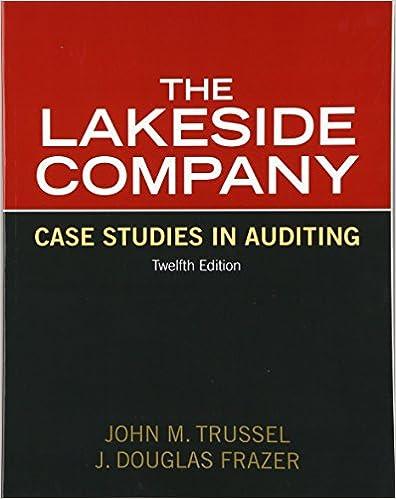Problems 1&2. Show in table form.

Problem 1: uses a perpetual inventory system. It ontored into the following purchases and sales transactions for March Date Activities Mar.1 Beginning inventory 190units@ $52.80 per unit Mar.5 Purchase Mar.9 Sales Mar. 18 Purchase Mar.25 Purchase Mar.29 Sales Units Acquired at Cost Units Sold at Retal 270units@ $57.80 per unit 130units $62.80 per unit 350units@ $87.80 per unit 240units@ $64.80 per unit 220units@ $97.80 per unit 570units Totals 830units Required: 1. Compute the cost of goods available for sale and the number of units available for sale. 2. Compute the number of units in ending inventory Compute the cost assigned to ending inventory using (a) FIFO. (b) LIFO. (c) weighted average, and (d) specific idantification. For identification, the March 9 sale consisted of 110 units from beginning inventory and 240 units from the March 5 purchase; the March 29 salo consisted of 90 units from the March 18 purchase and 130 units from the March 25 purchase. 4. Compute gross profit eamed by the company for oach of the four costing methods. For specific identfication, the March 9 sale consisted of 110 units from beginning inventory and 240 units from the March 5 purchase; the March 29 sale consisted of 90 units from the March 18 purchase and 130 units from the March 25 purchase. (Round weighted average cost per unit to two decimals and final answers to the nearest whole dollar.) Problem 2 Using the data for the Warnorwoods Company in problem 1, the company usos a periodic inventory system.The company entered into the purchases and sales transactions for March as indicated in the chart for problom 1 Required: 1. Compute the cost of goods available for sale and the number of units available for sale. 2. Compute the number of units in ending inventory 3. Compute the cost assigned to ending inventory using (a) FIFO, (b) LIFO, (c) waightod average, and (d) specific identification. For specific identification, the March 9 sale consisted of 110 units from beginning inventory and 240 units from the March 5 purchase; the March 29 sale consisted of 90 units from the March 18 purchase and 130 units from the March 25 purchase. 4 Compute gross profit earned by the company for each of the four costing methods. For specific identification, the March 9 sale consisted of 110 units from beginning inventory and 240 units from the March 5 purchase; the March 29 sale consisted of 90 units from the March 18 purchase and 130 units from the March 25 purchase. (Round weighted average cost per unit to two decimals and final answers to the nearest whole dollar.)








